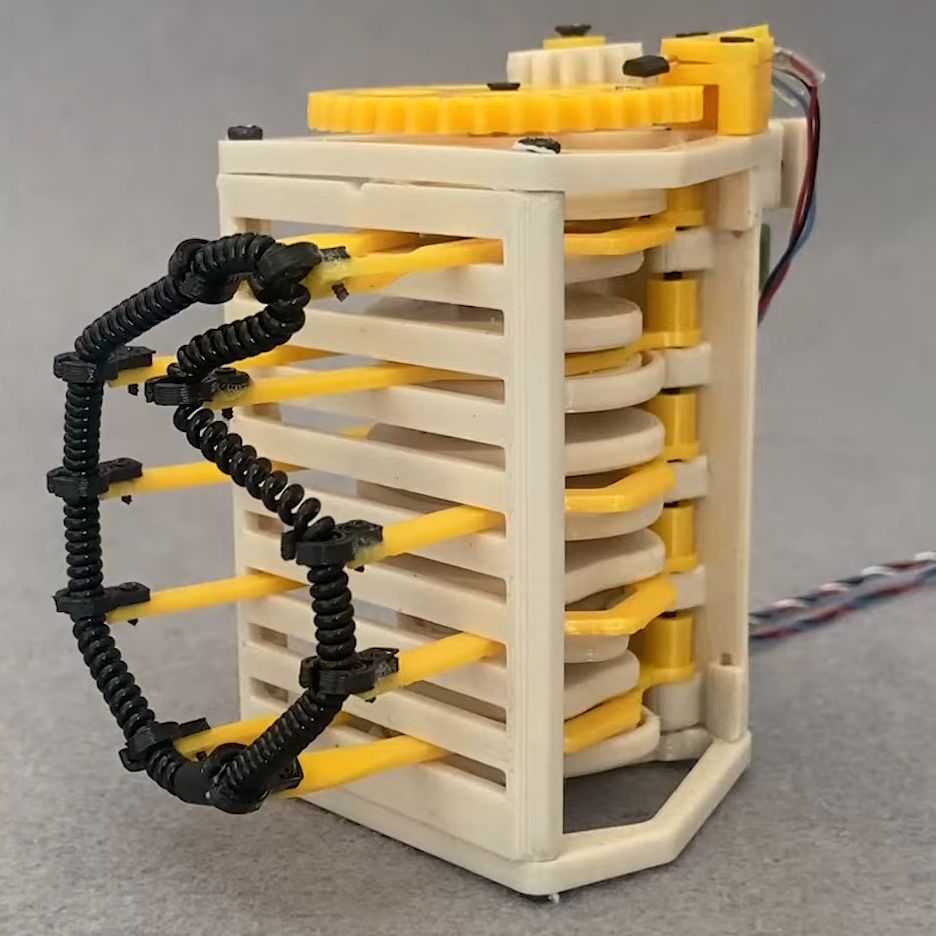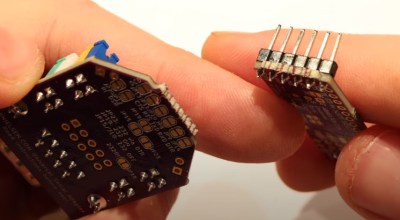A couple of years ago one of the Hackaday Prize finalists was a project to take highschoolers through building a direct conversion radio receiver for the 40 metre amateur band. It was originated by the SolderSmoke podcast, and we’re pleased to see that they’ve recently put up an overview video taking the viewer through the whole project in detail.
It’s a modular design, with all the constituent building blocks broken out into separate boards on which the circuitry is built Manhattan style. Direct conversion receivers are pretty simple, so that leaves us with only four modules for oscillator, bandpass filter, mixer, and audio amplifier. We particularly like that it’s permeability tuned using a brass screw and an inductor, to make up for the once-ubiquitous variable capacitors now being largely a thing of the past.
A point that resonated was that most radio amateurs never make something like this. Arguments can be made about off-the-shelf rigs and chequebook amateurs, but we’d like to suggest that everyone can benefit from a feel for analogue circuitry even if they rarely have a need for a little receiver like this one. We like this radio, and we hope you will too after seeing the video below the break.
Need reminding? See the Hackaday.io project page, and the Hackaday Prize finalists from that year.
Continue reading “A Direct Conversion Receiver Anyone Can Build”



















